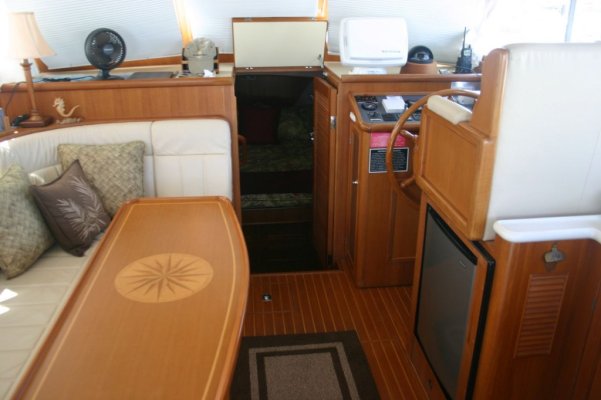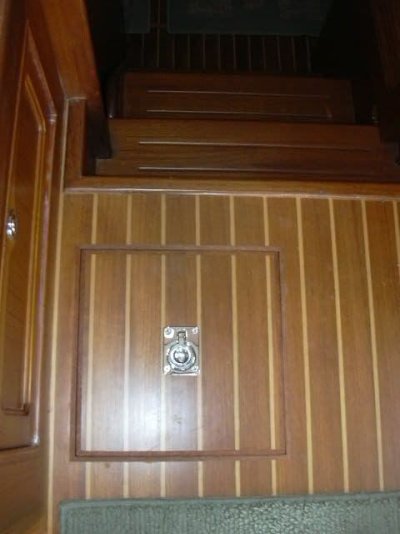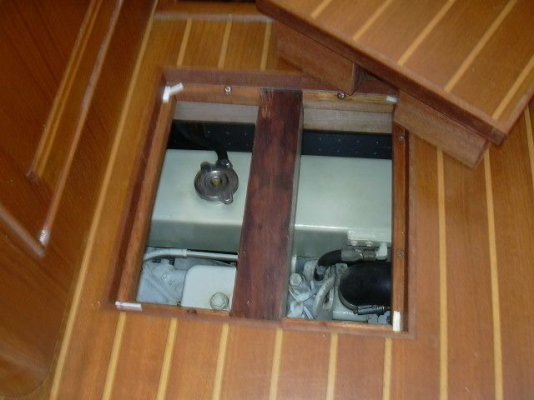skipperdude
Guru
I have a cat 3208 n.a..
*Some previous owner had crimped off the little tube that comes out the side of the expansion tank neck*just under the radiator cap. I was able to un crimp the tube and I have attached a hose that I have run to a gallon jug.
*The question is. Will a gallon be enough?
Not sure how much coolant it will put out once it gets warm.
SD
*Some previous owner had crimped off the little tube that comes out the side of the expansion tank neck*just under the radiator cap. I was able to un crimp the tube and I have attached a hose that I have run to a gallon jug.
*The question is. Will a gallon be enough?
Not sure how much coolant it will put out once it gets warm.
SD



